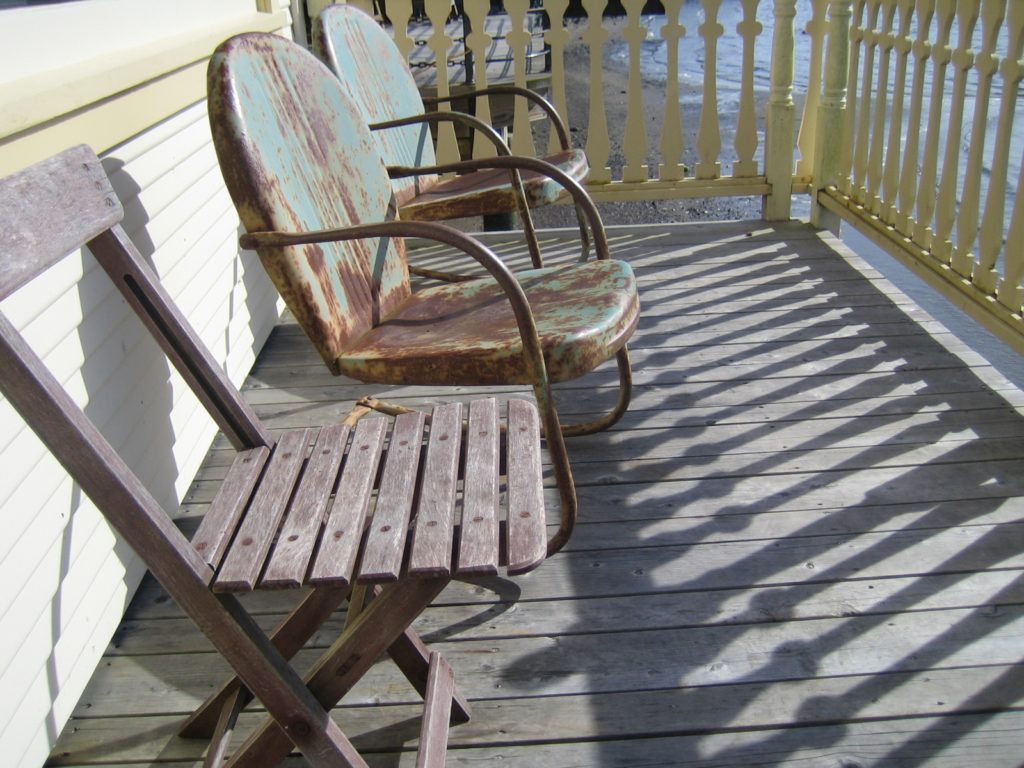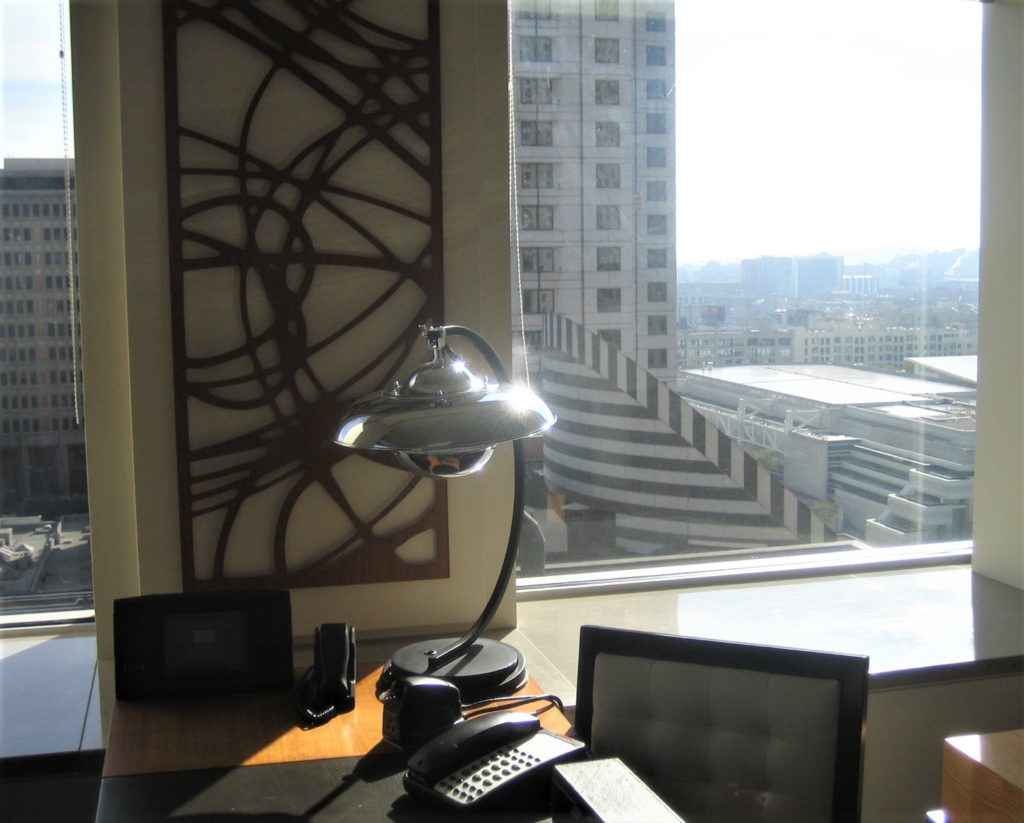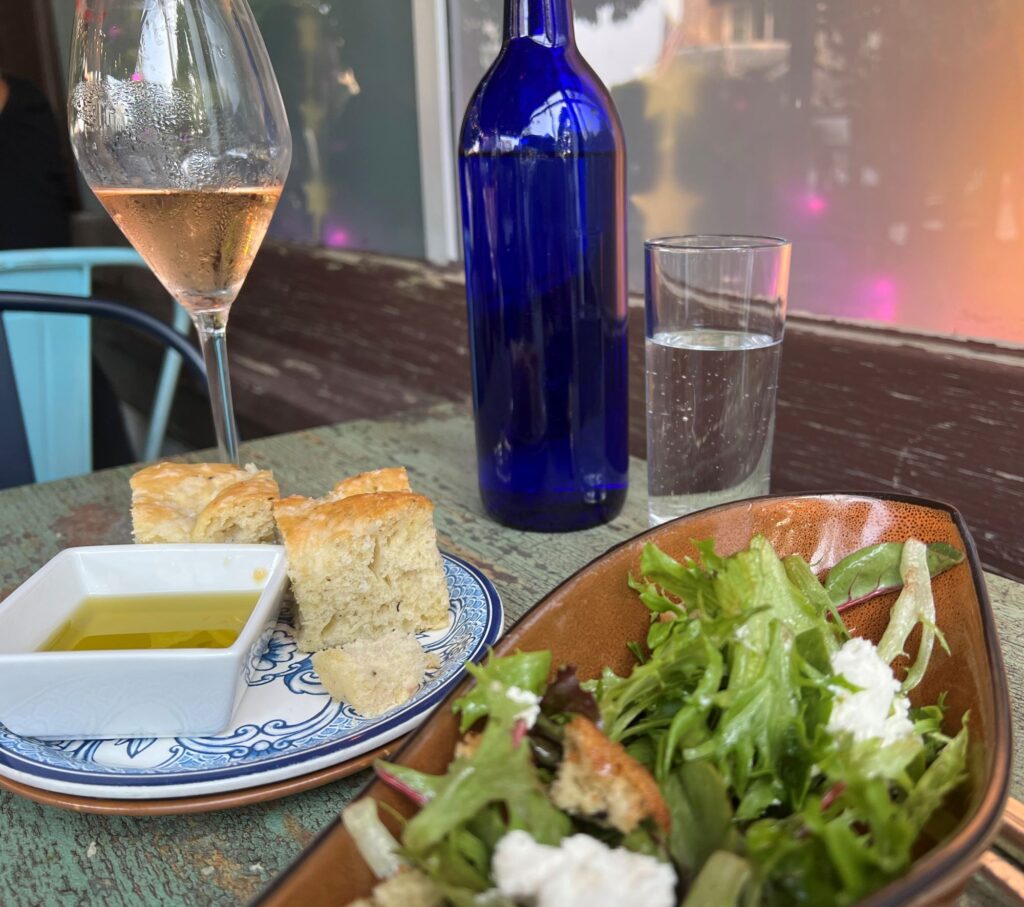On the fourth day of the last deluge of steady rains, I headed to the beach for some fresh air and a beach walk between showers. It felt as though I was emerging from Middle Earth. There were more people than usual on the Marina del Rey stretch between the Venice beach pier and the ocean channel, and we all had that pallor that comes with extreme sun deprivation.
Since before Christmas, Southern California has seemed more like Miami Beach in hurricane season. With each subtropical storm, we break 100-year records. We’ve reached more than 31 inches of rain this season, as recorded in downtown LA, the 5th wettest season since the National Weather Service began keeping records in 1877, and already above the Seattle annual average. Get that — rainy Seattle!
At 3 a.m. the other night, hailstones as big as quarters pelted our condo community. Having just read Robert Harris’ Pompeii: A Novel, I had a flash of understanding for those unfortunate souls living below Mt. Vesuvius when it erupted and buried their town. Within minutes, a layer of ice collected on our balconies, and the sidewalks were littered with leaves, blossoms and other debris, as if a tornado had stormed through (which several did elsewhere in the area along with crashing thunder that bounced off the hillsides).
Such turbulent weather in LA naturally has a celluloid quality.
Along the line of nearby bluffs, grading for another neighborhood of million dollar homes has scraped the land. Weather-weary developers have covered the slopes’ vast acreage with plastic sheeting to keep the soil from sliding down into the restored marshes, which used to be part of Howard Hughes’ airstrip. Noah’s Ark would be a Disney ride compared to the tragedies of families living in homes collapsing in canyon mudslides. When a landslide buried part of the town of La Conchita up the coast toward Santa Barbara and killed 10 people last month, I watched the footage repeated at least 50 times during my treadmill workout at the gym. No one can believe the horror, so we watch the repeated images — as if we expected the film to reverse itself and the mud to slide back up to the hilltop, where it belonged.
This season, after four years in Los Angeles, I’ve gotten my money’s worth for what seemed to be very useless East Coast rain gear. Just as curiously, the beach is devoid of birds — even near the “least tern” sanctuary. A flock of sandpipers suddenly appears, swooping along the sand for microscopic nourishment that rolled in with the surf, then disappearing as quickly.
I hike through the disgusting path of litter that washes up after every storm. Bits of broken styrofoam, plastic soda and water bottles, an odd shoe here and there, a pink and green comb and what must be a crate full of oranges scattered along the stretch. Did all this wash in from Hawaii or Santa Barbara or even from Ft. Lauderdale by way of the Panama Canal?
I reach my car just as the next shower starts to blow through. At the neighborhood coffee shop, I seek philosophy from Johnnie, who has presided there for years. The shop is empty of the usual crowd of boat people who leave their sloops in the marina each morning for some community over coffee on dry land. Apparently the land isn’t any drier these days, so they’ve lost their incentive. Johnnie promises me this is a “10-year” phenomenon, but on the way home I hear 2-6 inches is expected by Tuesday night.



